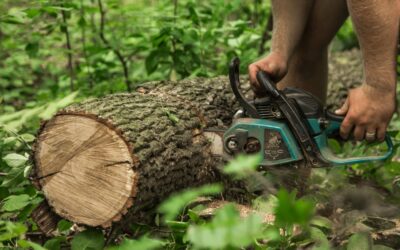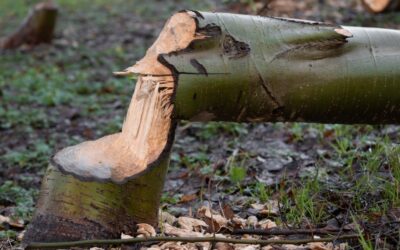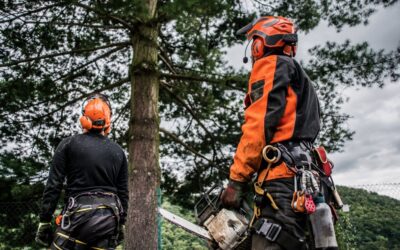Spring is a time of renewal, and for many homeowners, that means sprucing up the garden. One task that often needs to be done is trimming hedges. But when it comes to cutting hedges, there are certain considerations that need to be taken into account, especially when it comes to nesting birds. Here we will discuss when the best time is to cut hedges so as not to disturb nesting birds.
The Importance of Timing
It’s important to be mindful of the timing when it comes to trimming hedges in order to avoid disturbing nesting birds. The best time of year for hedge trimming is during the late summer or fall months, when most birds have finished nesting and have moved on from their nests. This ensures that any eggs or young birds in the hedge won’t be disturbed by your trimming activities.
What To Look For
Before you start trimming your hedges, it’s important to take a few moments and look for any signs of nesting activity. Nesting season is between March and September. If you see any nests in your hedges, then you should avoid cutting them until after the young have hatched and left the nest. It’s also important to keep an eye out for any adult birds flying in and out of your hedge; this could indicate that there are eggs or young inside and therefore should not be trimmed until they have left.
Tips For Trimming Hedges Safely
If you do decide that it’s safe to trim your hedges while there are still nesting birds present, then there are some tips you can follow in order to minimise disturbance:
– Trim only small sections at a time so as not to disturb too much at once; this will give the birds more time and space if they need it.
– Avoid using loud power tools such as hedge trimmers or chainsaws; instead opt for manual tools such as shears or clippers which will make less noise and cause less disruption.
– Try not to cut too close around nests; leave a few inches around them so that they remain undisturbed by your activities.
– If possible, wait until after dark before starting work on your hedge; this will give any remaining nesting birds more time during daylight hours before they need to flee from their nests due to human activity.
Trimming hedges can be an important part of maintaining a healthy yard but it’s important that we do so responsibly so as not to disturb any nesting birds in our area. By following these tips and being mindful of timing, we can ensure that our hedge-trimming activities don’t cause any unnecessary harm or disruption for our feathered friends!



